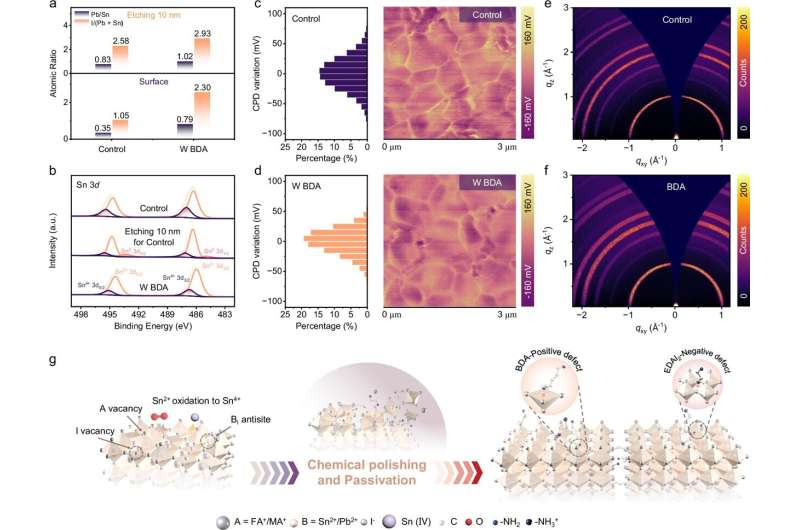World News04.09.2024
Researchers create all-perovskite tandem solar cell with record efficiency

QAZAQ GREEN. A team of engineers at Huazhong University of Science and Technology in China has designed, built and independently tested an all-perovskite tandem solar cell with record efficiency. Their paper is published in the journal Nature Communications, Tech Xplore reports.
Perovskite tandem solar cells combine two materials to capture a broader spectrum of sunlight, thereby increasing efficiency. They are typically made by pairing a perovskite top with a bottom cell made of another material, such as silicon or a different variant of perovskite.
Perovskite is a mineral made mostly of calcium titanate. Solar cell makers have been testing the use of perovskite as a replacement for silicon because it is less expensive, more efficient and easier to make and because it allows for solar cells in uneven or even bendable configurations.
Use of perovskite in commercial applications has been limited, however, by difficulties in producing panel surfaces free from defects, which cause loss of non-radiative energy, reducing efficiency of the cell. In this new effort, the research team has found a way to create cells using the material with far fewer defects, resulting in record efficiency.
The work involved developing a surface reconstruction technique that reduces surface defects within the perovskite top cell. The technique uses BDA and EDAI2 to allow for modifying (polishing) the surface of the cell.
The team was able to establish a Sn–Pb mixed perovskite film with fewer defects than those made with other techniques or materials. That allowed for improvements in charge carrier transport and reductions in losses of energy at the transport layer.
To test their new technique, the researchers created and polished a top cell, which served as the light-absorbing layer. They then placed it over an electron transfer layer made from C60, with a hole transport layer made of PEDOT:PSS. They then added gold contacts.
Testing showed the cell had a power conversion efficiency of 28.49%, which was independently verified. They also note that the cell demonstrated durability, continuing to perform optimally after 550 hours of continuous operation.
Kazakhstan and UAE reaffirm strategic energy partnership with 1 GW wind project
Solar becomes EU’s top power source for the first time ever
How decentralised renewables transform healthcare services in rural Zimbabwe
Chinese company to build solar and wind power plants in Kyrgyzstan
Seaturns raises €2.45 million to industrialize wave energy technology and accelerate global rollout
Trump signs executive order to end subsidies for wind and solar energy
Uzbekistan's solar and wind power plants generate 5 Billion kWh since beginning of the year
Green Corridor Alliance JV registered in Baku to promote green energy development in Central Asia and the South Caucasus
In the EU renewable energy supply grew by 3.4% in 2024
IRENA accepting renewable energy project proposals in Central Asia until August 15
Astana to host Electronica Expo Kazakhstan Electronics Exhibition
WB gives rundown of Azerbaijan's green energy grid volume prospects
US solar sets new records as renewables nearly match natural gas – EIA
‘Wings’ on poles: Bill Gates-backed breakthrough wind turbine facility breaks ground
Perovskite tandem solar cell achieves new efficiency record
Kazakhstan and China endorse draft SCO joint statement on sustainable energy development
Innovative research on organic solar cells for space applications
Kazakhstan and Uzbekistan drive green energy progress in Central Asia
KazMunayGas launches pilot green hydrogen project in Atyrau
How private homeowners in Kazakhstan can make money from solar panels











